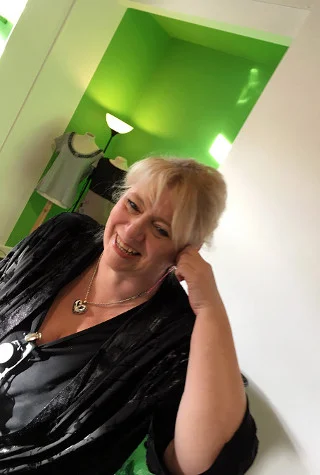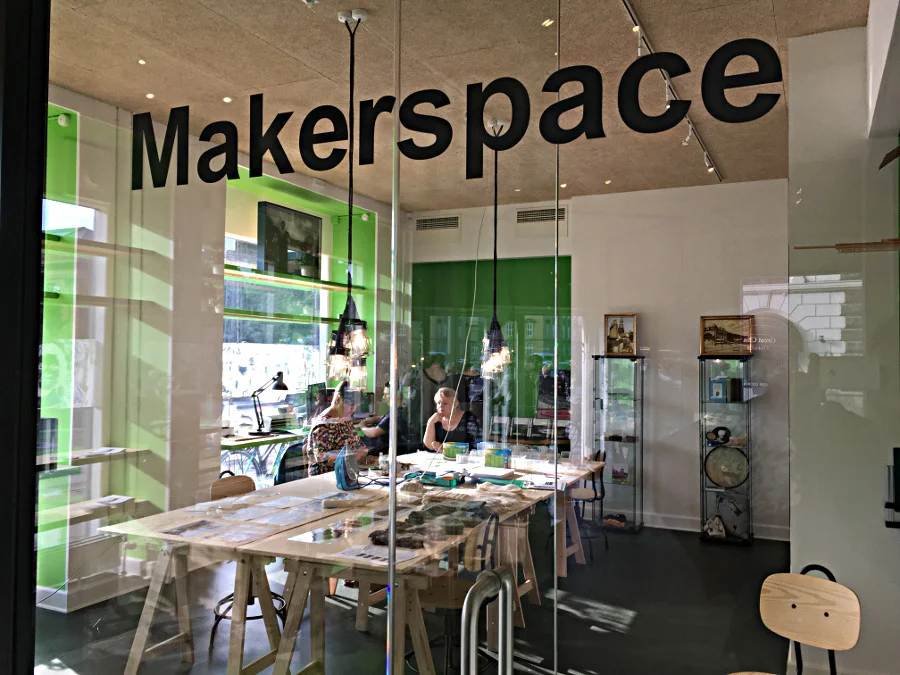Now the war
Kennicott's essay, in reaction to this week's mass shootings in El Paso and Dayton, begins with a reflection on a photograph by Joel Angel Juarez of police in paramilitary gear outside a Hooter’s restaurant in El Paso.
Kennicott continues,
This convergence of our commercial landscape with violence is what the 21st century, slow-motion but persistent American war looks like. It also looks like the underside of a child’s school desk, people hiding in closets and wailing into cellphones, SWAT teams in parking lots, nightclubs with overturned bar stools and tables, piles of shoes abandoned outside a bar, and movie theaters soaked in gore. If we have the courage to do what we must do and look at the facts, we will also see that in one essential way, the American war looks like every other war everywhere on the planet, full of bodies riddled with bullets, bloodied, broken and dead.
Some wars are over in a day, or a week, and others go on for years. If there are opportunists and profiteers and cynical actors who are willing to fuel the mayhem for a tiny bit of personal or political advantage, then they can go on for decades. If war takes root in a society slowly, or by stealth, it can come to seem the ordinary state of affairs.











